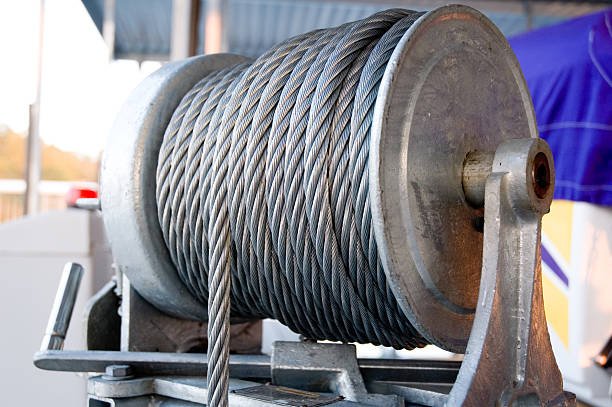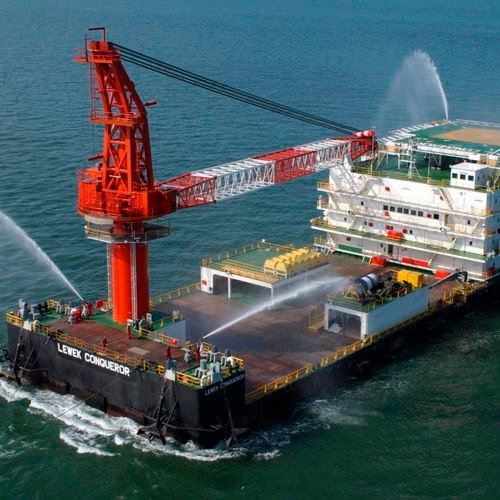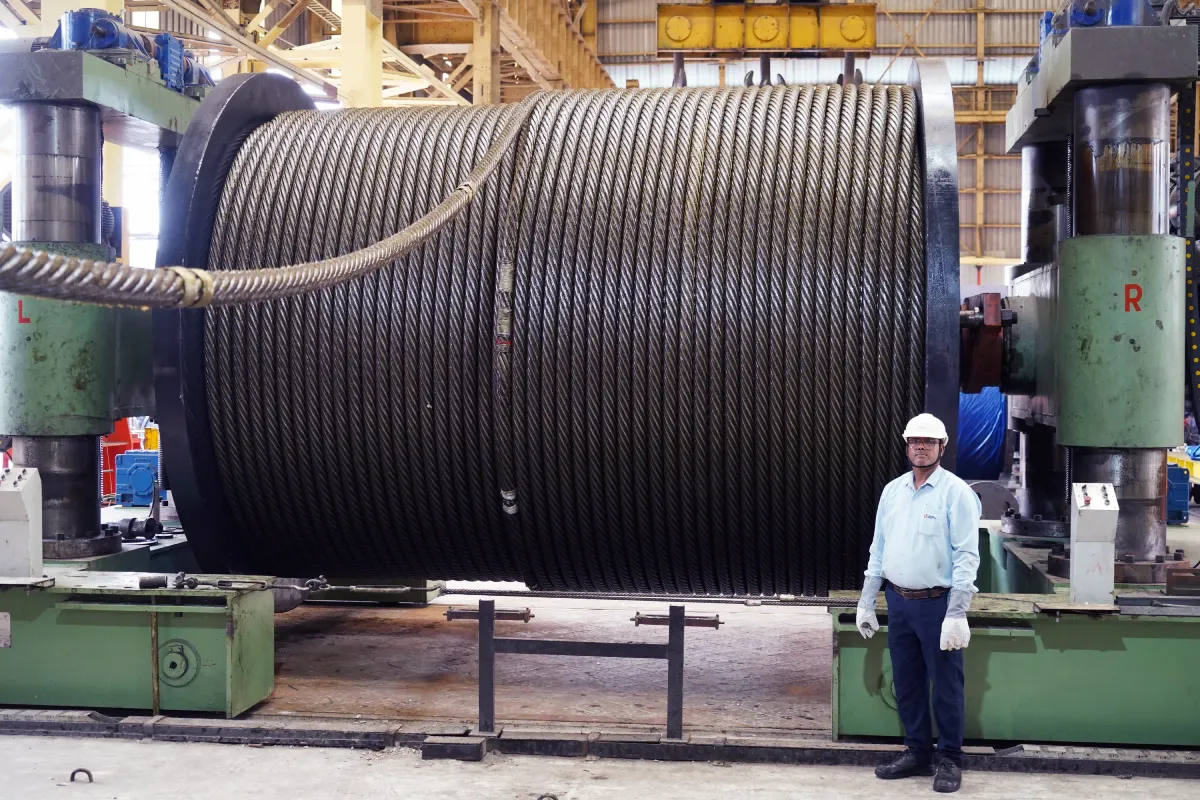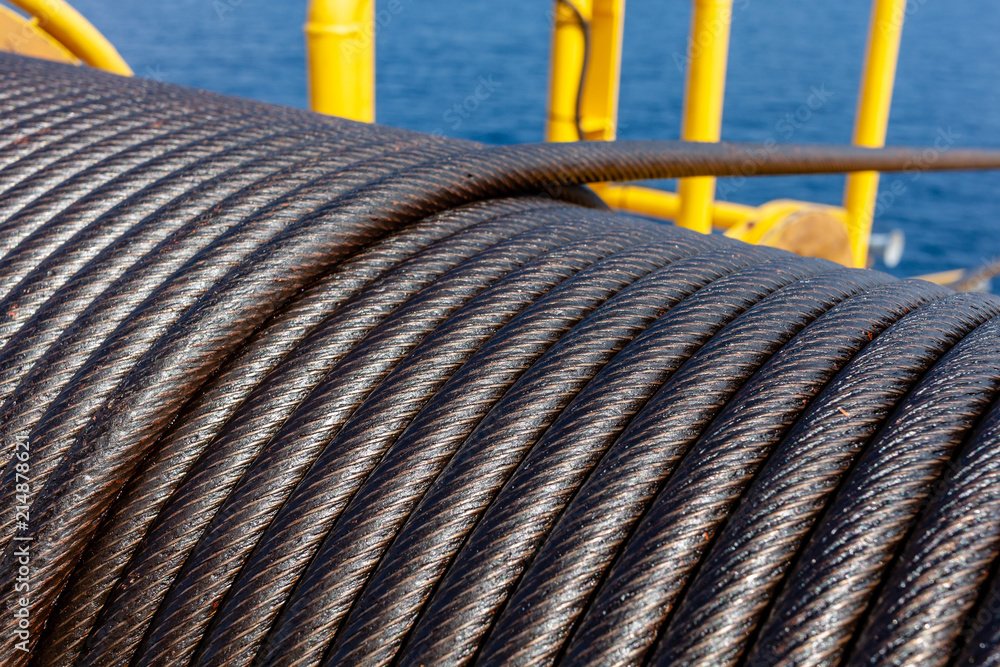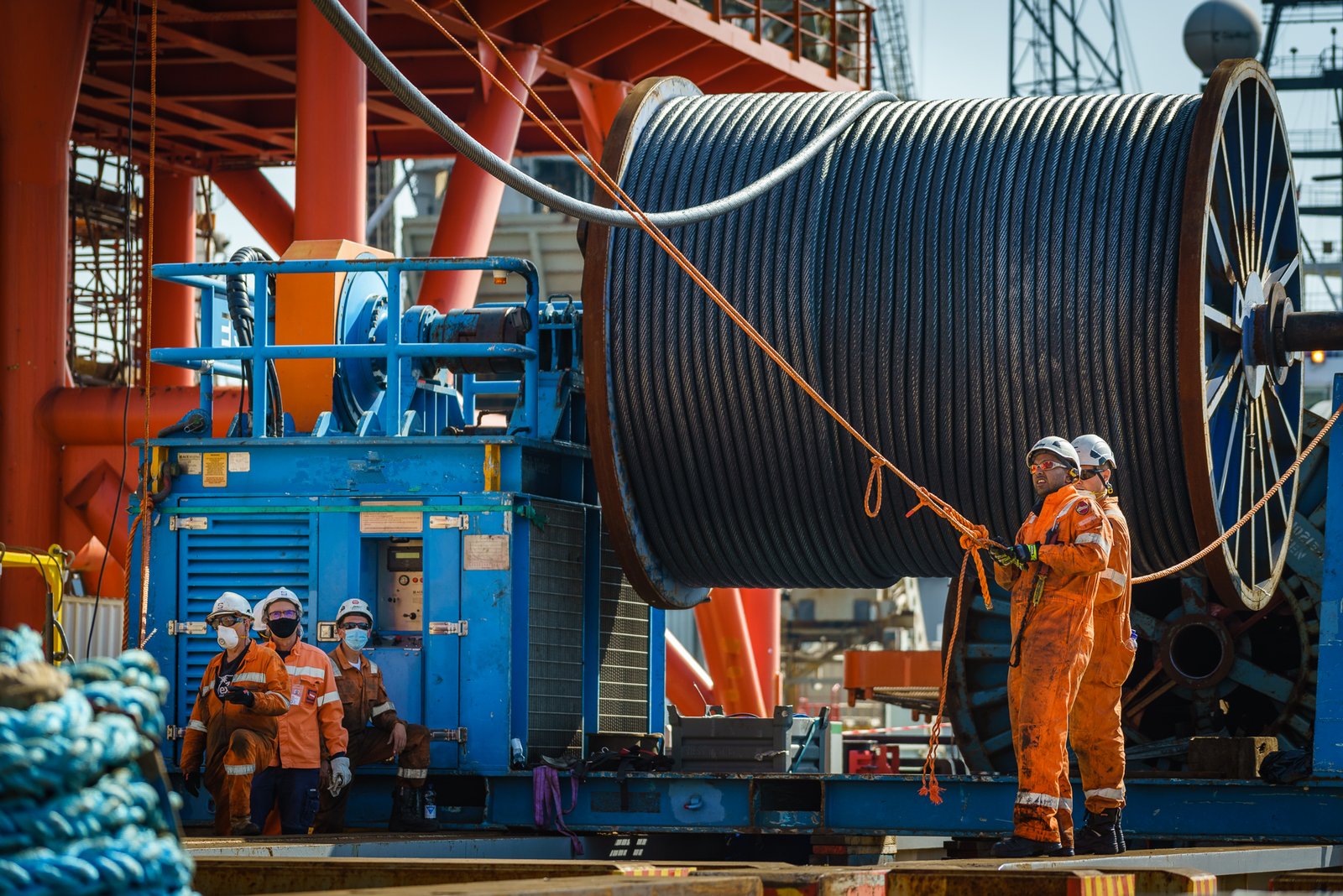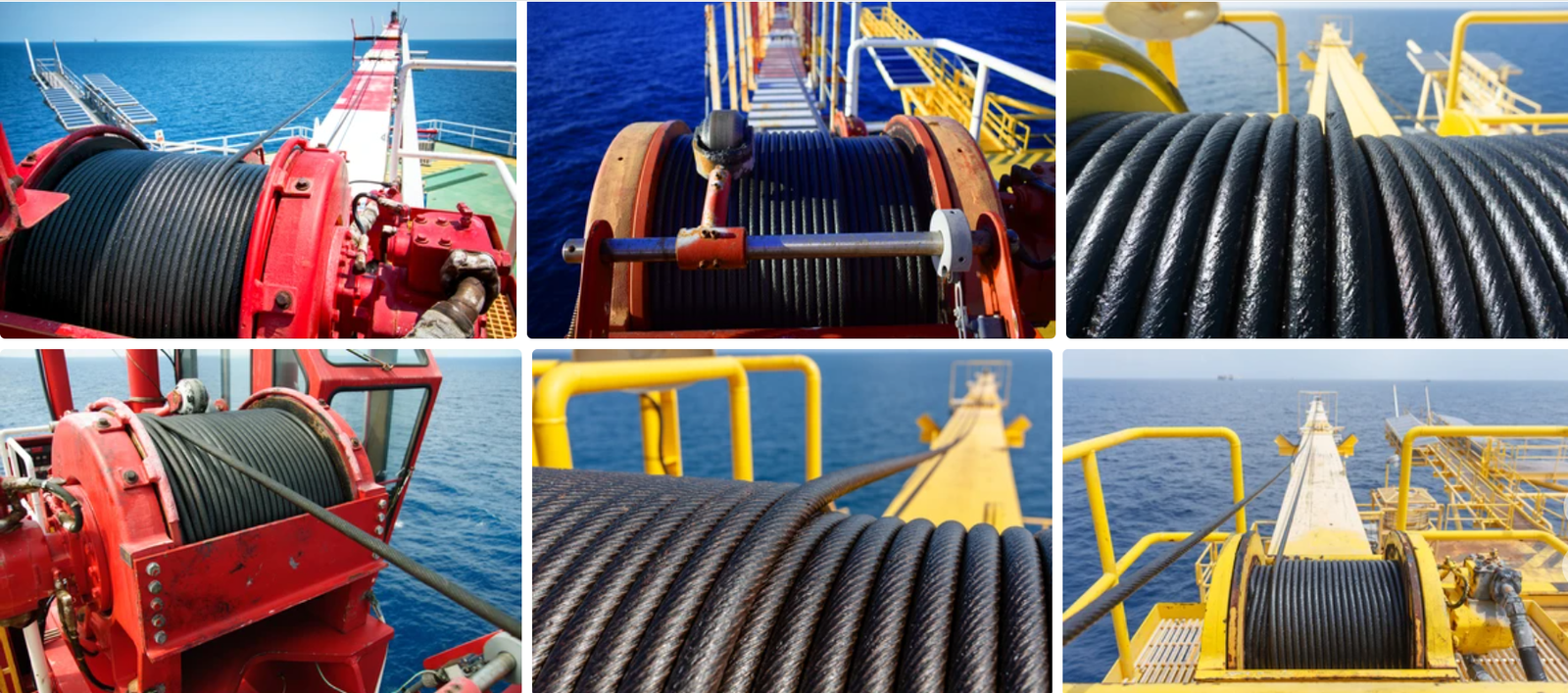Are you struggling with wire rope performance in tough conditions? It’s a common problem that can lead to costly failures.
Galvanized wire rope offers excellent protection against corrosion, making it a reliable choice for harsh environments.
I used to worry about my wire ropes failing in humid and salty conditions. I know how frustrating that can be. Let’s explore how galvanized wire rope stands up to the challenge.
What Makes Galvanized Wire Rope Effective in Corrosive Conditions?
When you think about wire ropes facing salt spray or high humidity, you might wonder about their durability. It’s a valid concern for maintaining operational efficiency.
Galvanization, a process of coating steel with zinc, provides a sacrificial barrier that protects the base metal from rust and corrosion.
The Galvanization Process and Its Benefits
The galvanization process involves immersing steel wire into a bath of molten zinc. This creates a metallurgical bond, forming a protective layer. This layer is typically thicker on the outside and gradually thins inwards. The zinc acts as a sacrificial anode. This means it corrodes first, protecting the steel wire beneath. This is crucial for extending the lifespan of the wire rope.
Understanding Different Grades of Galvanization
Not all galvanized wire ropes are created equal. The amount of zinc coating can vary, impacting its corrosion resistance. Common standards dictate different levels of galvanization. Higher grades mean more zinc, offering better protection. This is especially important for applications in marine environments or areas with high pollution.
Sacrificial Protection: How Zinc Shields Steel
Think of the zinc coating as a shield that sacrifices itself. When exposed to corrosive elements, the zinc reacts with oxygen and moisture. It forms a protective layer of zinc oxides, hydroxides, and carbonates. This layer is stable and prevents the corrosive elements from reaching the steel.
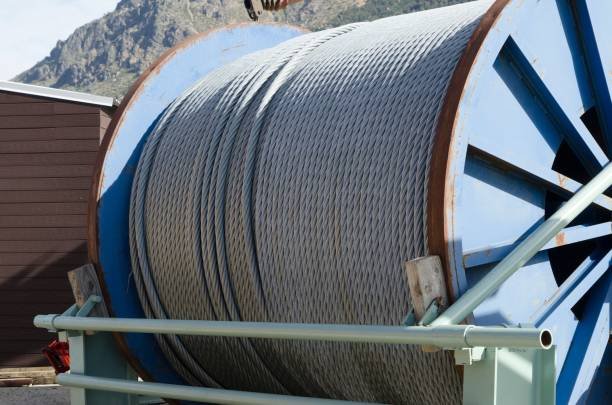
Factors Affecting the Lifespan of Galvanized Wire Rope
While galvanized wire rope offers superior protection, its lifespan isn’t infinite. Several factors can accelerate its degradation. Understanding these can help you optimize its use.
- Environmental Severity: More aggressive environments, like those with high salt content or industrial pollutants, will reduce the lifespan compared to less severe conditions.
- Loading and Usage: Constant heavy loads, abrasive contact, or frequent bending can wear down the zinc coating faster, exposing the steel.
- Improper Handling and Storage: Storing wire ropes in damp conditions or exposing them to chemicals can compromise the coating.
How Does Galvanized Wire Rope Compare to Other Rope Types in Challenging Climates?
When facing tough conditions, it’s natural to consider all your options. How does galvanized wire rope stack up against alternatives like stainless steel or uncoated wire rope?
Compared to uncoated wire rope, galvanized wire rope offers significantly better corrosion resistance. Stainless steel wire rope generally provides superior corrosion resistance but at a higher cost.
Stainless Steel vs. Galvanized: A Cost-Benefit Analysis
Stainless steel wire rope is known for its excellent resistance to corrosion and rust. It maintains its strength and appearance even in harsh environments. However, stainless steel is considerably more expensive than galvanized steel. For many applications, the cost difference makes galvanized wire rope the more practical choice.
Uncoated Wire Rope: When Is It Sufficient?
Uncoated wire rope is the most basic option. It’s suitable for dry environments with minimal exposure to moisture or corrosive elements. In such conditions, it can offer good strength at a lower price point. However, in any situation with potential for corrosion, its use would be highly limited.
The Role of Plastic Impregnation
Some wire ropes come with a plastic impregnation. This means a plastic compound is forced into the core of the rope. This can further enhance protection against moisture and corrosion. It also improves lubrication and reduces internal friction. Combining plastic impregnation with galvanization can provide an extra layer of defense.
What Are the Key Quality Indicators and Certifications for Galvanized Wire Rope?
Ensuring you are getting a quality product is paramount, especially for critical applications. What should you look for to be confident in your galvanized wire rope’s performance?
Look for compliance with international standards like EN12385-4 and certifications such as BV, CE, RMRS, DNV, or ABS, which indicate rigorous testing and quality assurance.
Understanding EN12385-4
This European standard specifies requirements for steel wire ropes for general lifting purposes. It covers aspects like material, construction, dimensions, tensile strength, and testing. Compliance with EN12385-4 means the rope has met specific safety and performance criteria.
The Importance of Third-Party Certifications
Certifications from bodies like Bureau Veritas (BV), CE marking, or the Russian Maritime Register of Shipping (RMRS) are vital. These organizations conduct independent inspections and testing. They verify that the product meets established industry standards and safety regulations. This is particularly critical for export markets.
Material Properties: Tensile Strength and Breaking Load
The tensile strength measures how much force a wire rope can withstand before breaking. The breaking load is the minimum load at which the rope is expected to break. High tensile strength and breaking load are key indicators of a rope’s capacity. These properties are directly related to the quality of the steel and the rope’s construction.
Customization Options: Logo and Special Treatments
Some manufacturers offer customization, such as adding your company logo. For galvanized wire rope, special treatments like plastic impregnation can offer enhanced performance. These options can be valuable for branding or when specific performance characteristics are required.
How to Ensure Proper Maintenance and Handling of Galvanized Wire Rope?
Even the best quality galvanized wire rope needs proper care to perform optimally. What are the best practices for maintaining its integrity and longevity?
Regular inspection for wear, proper lubrication, and avoiding sharp bends or kinks are crucial for maintaining the performance and lifespan of galvanized wire rope.
Routine Inspections for Wear and Damage
Always inspect your wire rope before each use. Look for signs of wear such as broken wires, kinks, corrosion, or flattening of the rope’s structure. Any significant damage or wear should lead to the rope being taken out of service.
Lubrication Best Practices
While galvanized ropes have a protective coating, lubrication is still important. It reduces internal friction between the wires, preventing wear and maintaining flexibility. Use lubricants specifically designed for wire ropes. Apply them evenly and ensure they penetrate the rope’s core.
Avoiding Misuse and Overloading
Never exceed the rope’s safe working load limit. Avoid using the rope for applications it wasn’t designed for. Sharp bends, twists, or dragging the rope over rough surfaces can severely damage both the rope and its protective coating. Proper spooling and unwinding are also essential.
Conclusion
Galvanized wire rope is a robust choice for demanding environments, offering reliable corrosion resistance and strength.
The main question for the blog post is:

